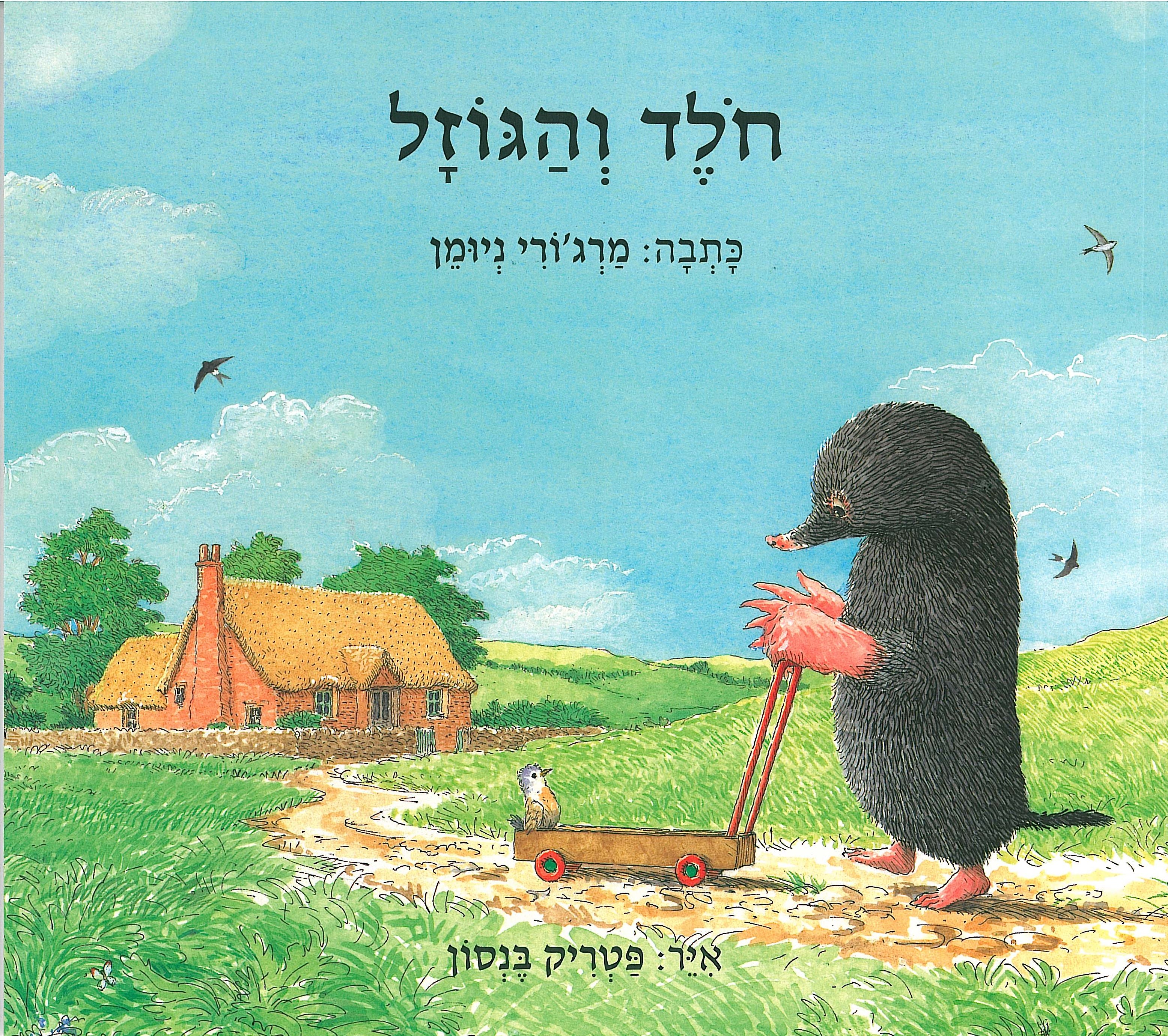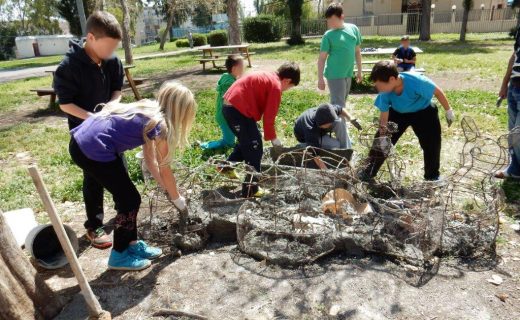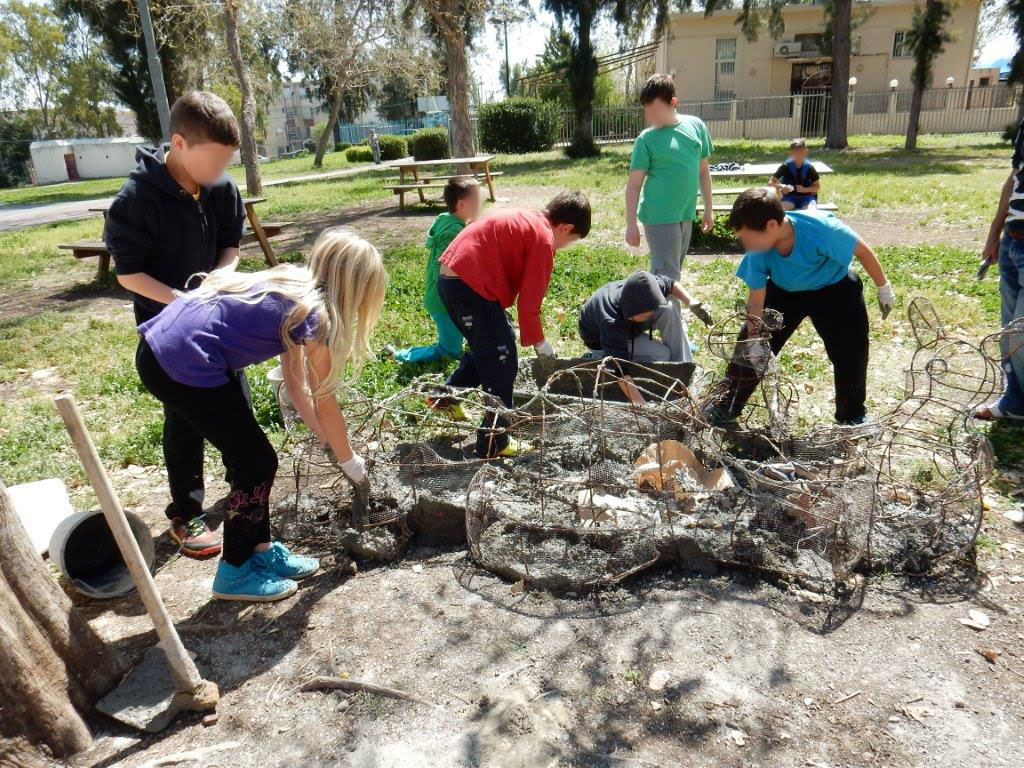חולד והגוזל / מאת מרגורי ניומן
תרגום לרוסית של ההצעות להורים המודפסות בעמודים הראשונים של הספר
Крот и птенец
Марджори Ньюмен
Дорогие родители!
Маленький Крот нашел птенчика, выпавшего из гнезда, и старательно о нем заботился. Он играл с ним и кормил его до тех пор, пока птенец окреп и вырос, и сделал ему клетку, чтобы с ним ничего плохого не случилось. Когда пришло время отпустить его на свободу, Кроту было трудно это сделать. Но в конце концов он понял, что пора выпустить птичку, и был рад видеть ее на свободе.
Когда любят, хотят быть рядом. Но иногда нужно разжать объятия, расстаться, и дать возможность нашим любимым и близким стать самостоятельными и свободными.
Всему (свое) время, и (свой) срок всякой вещи под небесами
Всему (свое) время, и (свой) срок всякой вещи под небесами:
Время обнимать и время удаляться от объятий.
(Когелет, глава 1(1;5))
«Крот и птенец» - это последняя книжка, которую вы получили в этом году по программе «Пижамной библиотечки». Заканчивается год, за ним придет новый, и, возможно, переход в новую группу детского садика или даже в первый класс школы. И наши «птенчики» подрастают, и нам иногда трудно отпустить их на свободу и дать им «расправить крылышки».
Занятия в кругу семьи
«Время обнимать и время удаляться от объятий.» (Когелет)
- Вы можете рассмотреть с детьми картинки и поискать на них, какую помощь маленький Крот оказал птенцу. Можно вместе подумать: когда Крот делает то, что нужно птенцу, а когда нет? Как изменился птенец, и какое новое отношение ему понадобилось? Почему Кроту было так трудно отпустить птичку на свободу?
- Маленькие дети постепенно становятся все более самостоятельными. Вместе с этим им все еще нужна забота и защита родителей. Как говорится в «Когелете», есть ситуации, в которых нужно «обнять», а есть ситуации, в которых нужно «разжать объятия» и дать самостоятельность. Можно поинтересоваться у детей: в чем они стали взрослее и самостоятельнее за этот год? Есть ли что-то новое, что они хотели бы делать сами, и хотели бы попросить родителей разрешить им это?
- Рассказ о Кроте и птенчике описывает ситуацию расставания. А как вы расстаетесь по утрам? Есть ли у вас «церемониал» расставания? Можно придумать ролевую игру, в которой вы сыграете роль ребенка, а
ваши дети расстанутся с вами и «пойдут на работу». А после «садика» и после «работы» можно снова встретиться … и крепко обняться!
Привет тебе, пташка! Привет, дорогая! Ко мне прилетела ты с юга...(Хаим Нахман Бялик)
- Птичий «разговор» - это чириканье и посвистывание. Можно выйти из дома и послушать чириканье птичек. Можно попробовать подражать разным птичкам и пообщаться на их «языке».
Птенчик в нашем рассказе сидит в клетке, которую сделал для него Крот, и ничего не говорит. Если бы мы понимали язык птиц, что бы он нам сказал?
- Вы тоже можете позаботиться о птичках. Можно приготовить для них кормушку. Возьмите большую пустую пластиковую бутылку, хорошенько вымойте ее. Вырежьте с одной стороны большое отверстие. Повесьте ее на балконе или на дереве недалеко от дома, и насыпьте туда кусочки фруктов, семечки или крошки. И вы сможете издалека наблюдать, как птички прилетают к ней, чтобы поесть.







